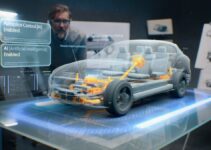Let’s face it: electric vehicles are hyped up by the eco-friendly brigade, but do they really measure up to the good old originals? Here’s why gas-guzzlers still reign supreme.
1. Unmatched Power
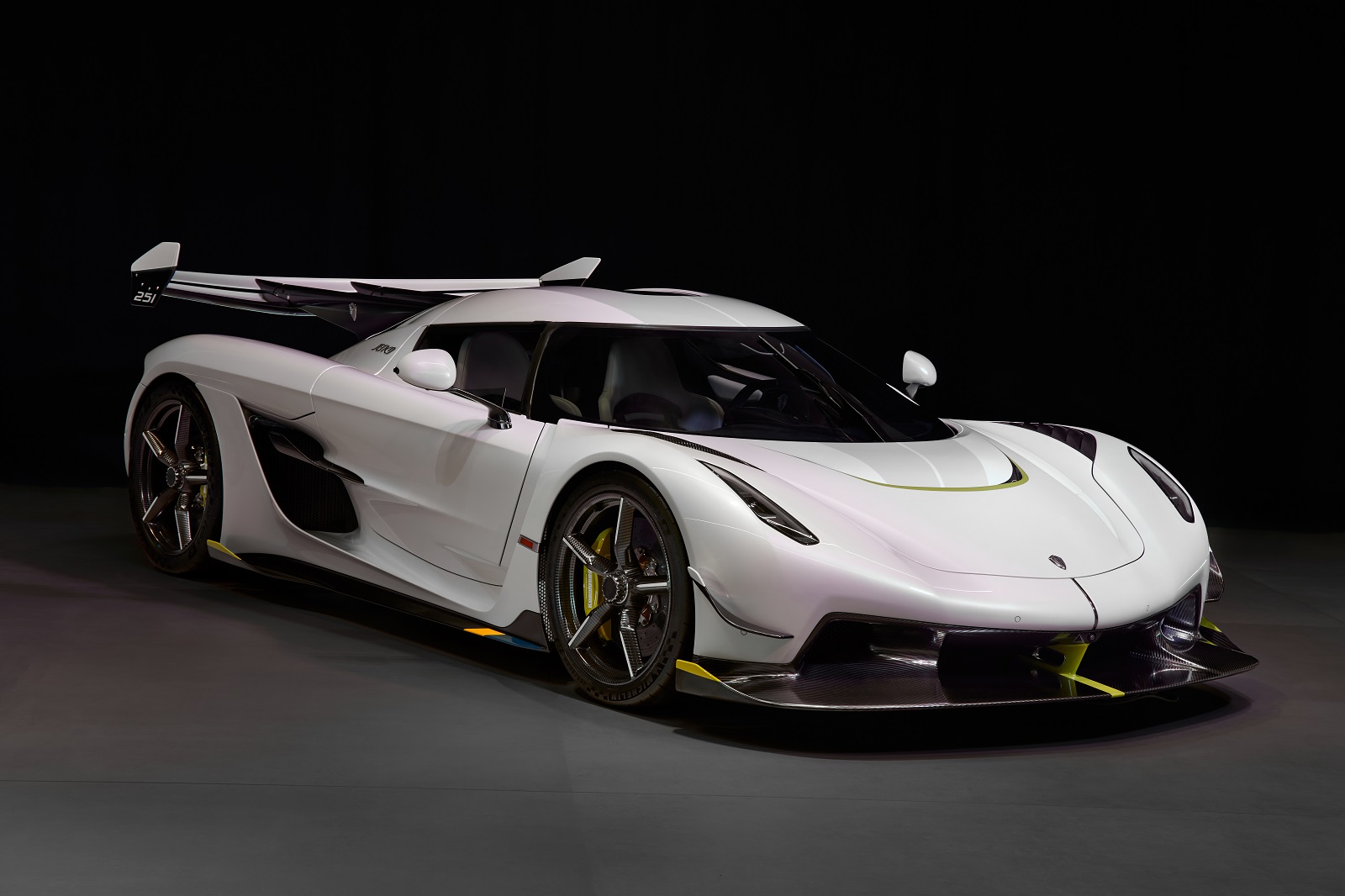
Image Credit: Shutterstock / Artur_Nyk
Gas engines deliver raw, unfiltered power that EVs simply can’t match. The rumble of a V8 engine is music to any car enthusiast’s ears.
2. Range Anxiety

Image Credit: Shutterstock / Hazal Ak
With gas stations on every corner, you never have to worry about running out of fuel. EV owners are constantly fretting over finding the next charging station.
3. Quick Refuel
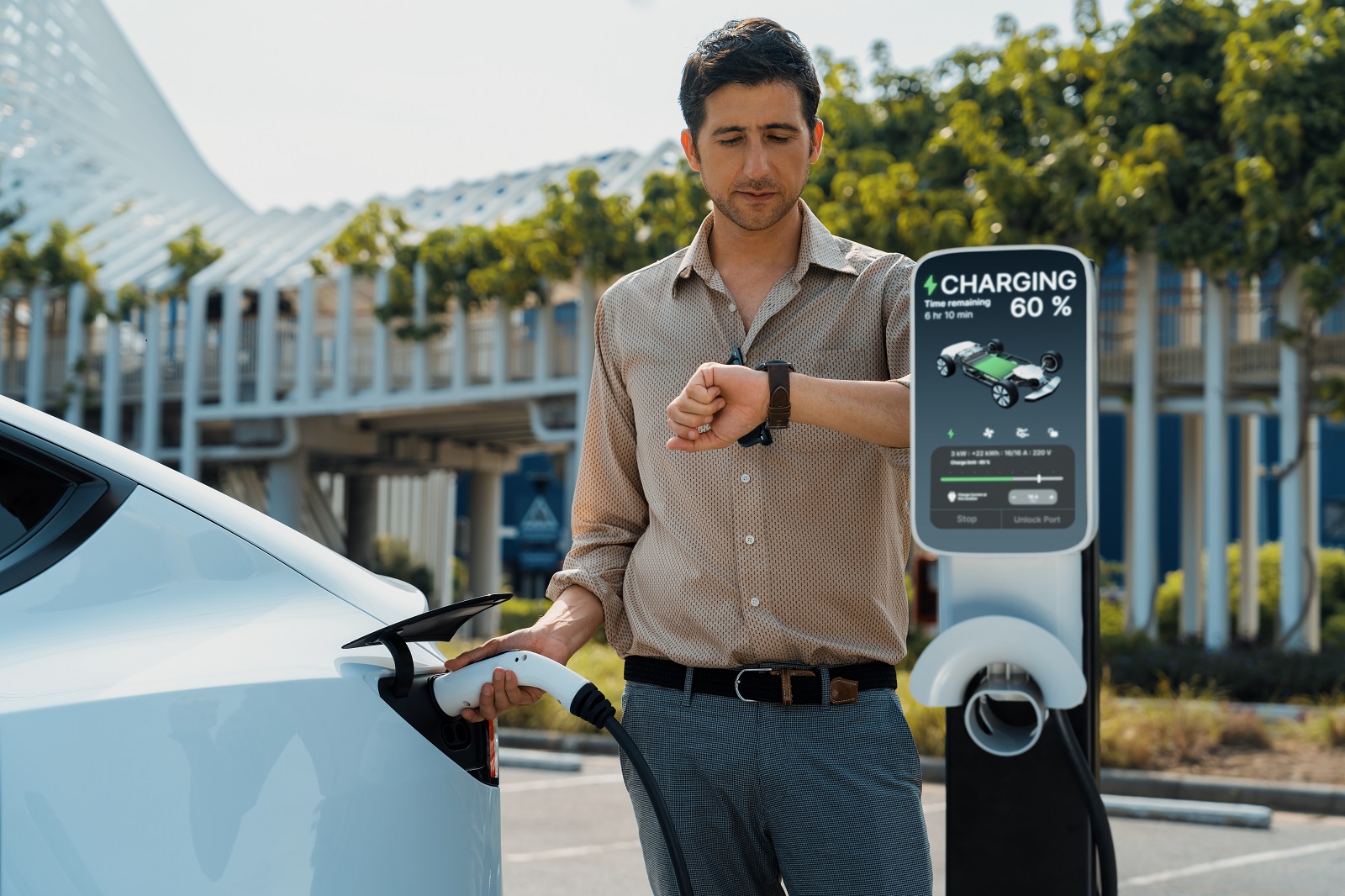
Image Credit: Shutterstock / Owlie Productions
Filling up a gas tank takes minutes, whereas charging an EV can take hours. Time is money, folks.
4. Superior Towing Capacity

Image Credit: Shutterstock / Related keywords
Gas-powered trucks and SUVs have the muscle to tow heavy loads. EVs often struggle with towing, reducing their already limited range even further.
5. Reliability

Image Credit: Shutterstock / Gregory E. Clifford
Gas engines have been around for over a century, and their reliability is proven. EV technology is still new and untested in the long run.
6. Better Performance in Extreme Conditions

Image Credit: Shutterstock / Song_about_summer
Gas engines perform better in extreme temperatures. EVs can lose significant range in cold weather, leaving you stranded.
7. Resale Value

Image Credit: Shutterstock / Crime Art
Gas vehicles tend to hold their value better over time. EV resale values can be unpredictable, especially as battery technology evolves.
8. Lower Initial Cost

Image Credit: Shutterstock / Korawat photo shoot
Gas-powered cars are generally cheaper to buy than EVs. The premium price of EVs can be hard to justify for many buyers.
9. Easier Maintenance

Image Credit: Shutterstock / Ground Picture
Maintenance for gas vehicles is straightforward and well-understood by mechanics. EVs require specialized knowledge and tools, which can be more expensive.
10. No Need for Government Subsidies

Image Credit: Shutterstock /
Gas vehicles don’t rely on government incentives to make them appealing. EVs often need tax credits and subsidies to be competitively priced. Do you really want to be relying on the government?
11. Proven Track Record

Image Credit: Shutterstock / goodluz
Gas vehicles have a century of innovation and improvement behind them. EVs are still working out the kinks.
12. Infrastructure

Image Credit:Shutterstock / New Africa
The infrastructure for gas vehicles is robust and widespread. Charging stations for EVs are still catching up, especially in rural areas.
13. Fuel Choice Flexibility

Image Credit: Shutterstock / Scharfsinn
Gas vehicles can run on various fuels, including ethanol and biodiesel. EVs are limited to electricity, which isn’t always green.
14. No Dependency on Grid Reliability
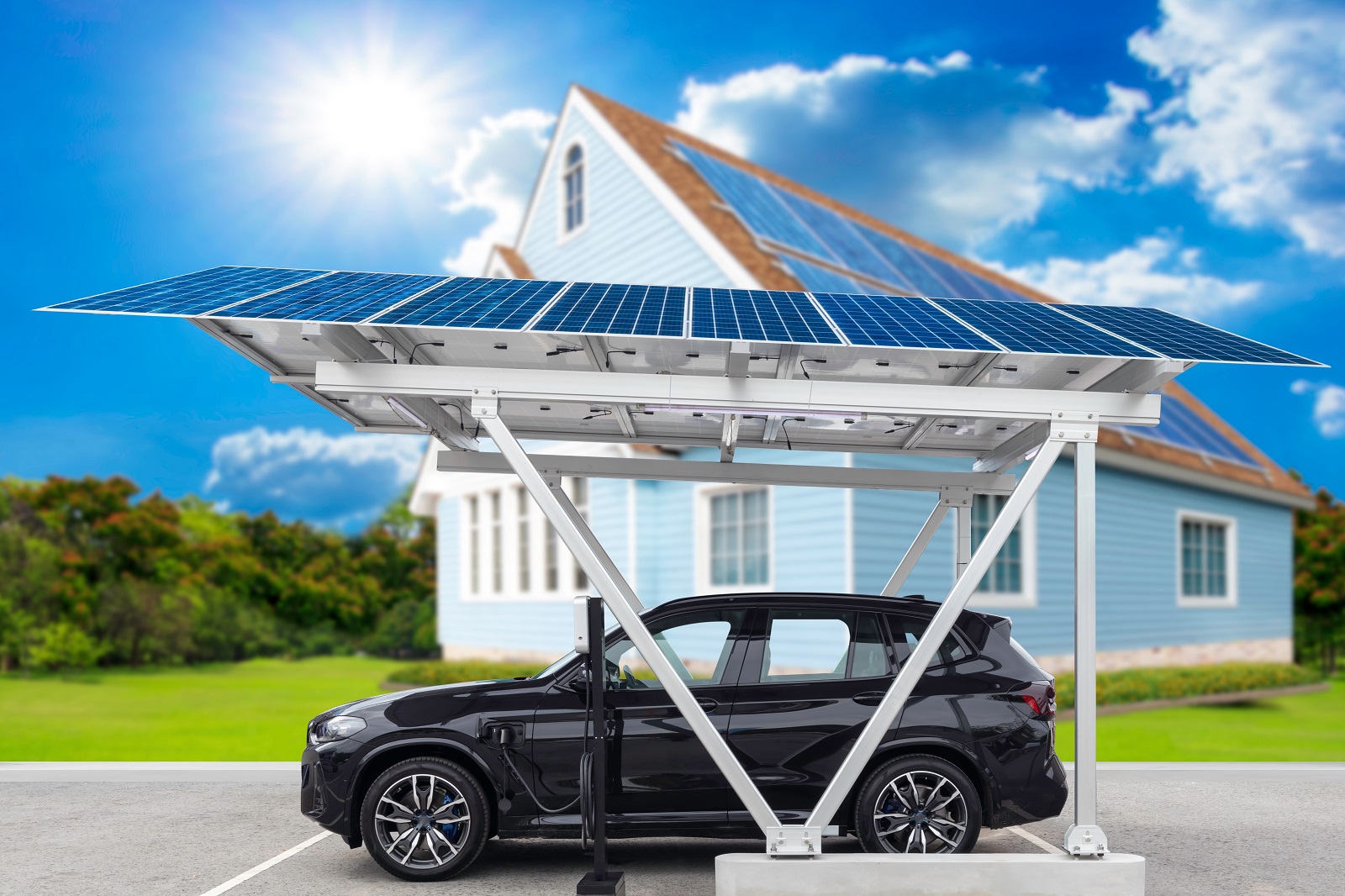
Image Credit: Shutterstock / Engineer studio
Your gas car doesn’t need the power grid to work. EVs are entirely dependent on electricity, and any grid failure leaves them useless.
15.Road Trip Ready

Image Credit: Shutterstock / PV productions
Your gas car doesn’t need the power grid to work. EVs are entirely dependent on electricity, and any grid failure leaves them useless.
16. Sound and Fury
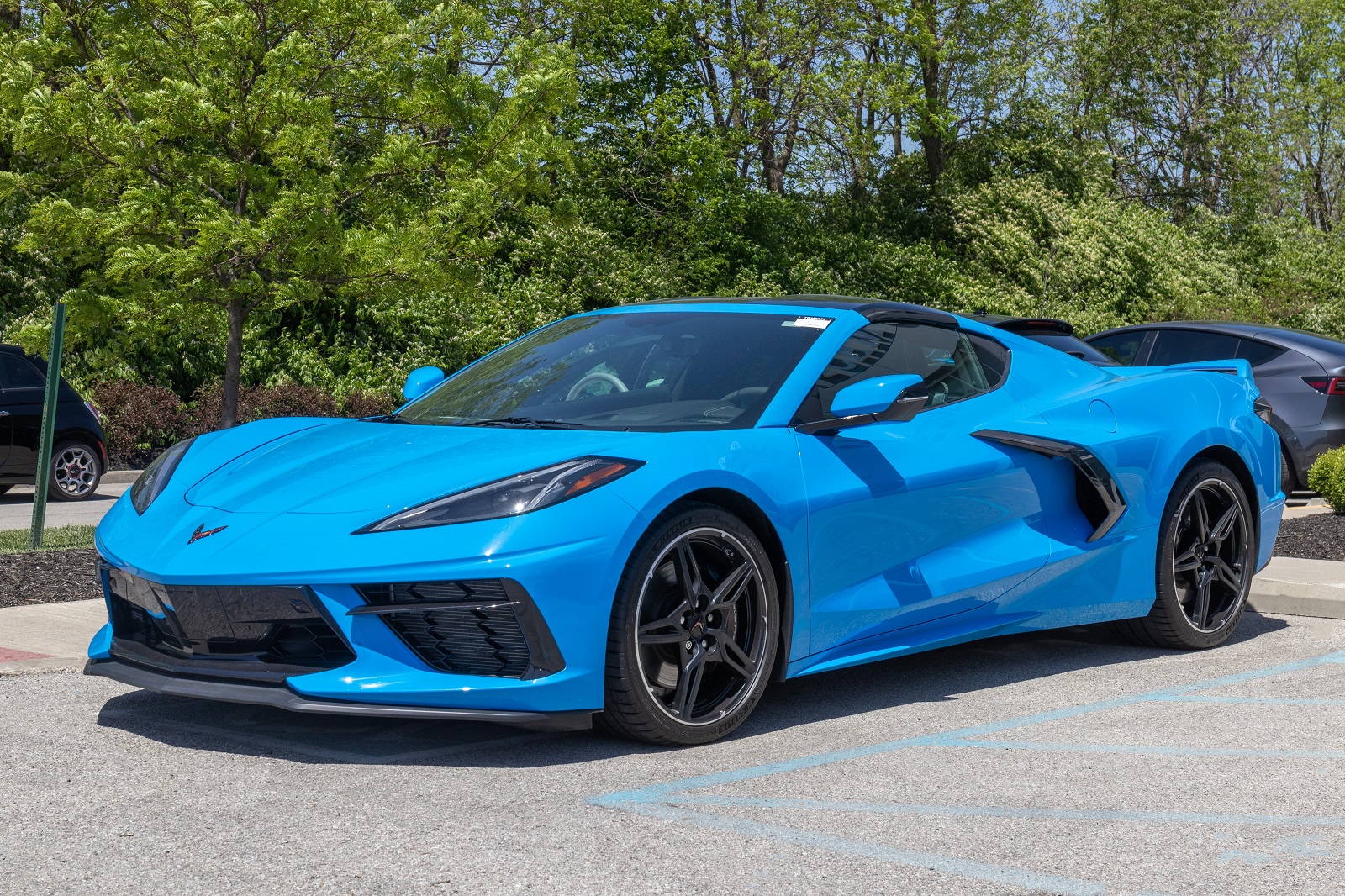
Image Credit: Shutterstock / Jonathan Weiss
The growl of a gas engine is thrilling. EVs are eerily silent, lacking the visceral experience that car enthusiasts love.
17. Classic Car Culture

Image Credit: Shutterstock / Toms Auzins
The culture and community around classic gas cars are irreplaceable. EVs haven’t built the same legacy or following.
18. DIY Friendly

Image Credit: Shutterstock / Scott Sanders
Gas vehicles are more accessible for DIY repairs and modifications. EVs require specialized skills and equipment, limiting home mechanics.
19. Robust Aftermarket

Image Credit: Shutterstock / Kawin Ounprasertsuk
The aftermarket for gas cars is extensive, offering endless customization options. EV aftermarket parts are still limited and expensive.
20. Global Fuel Supply

Featured Image Credit: Shutterstock / DifferR
Gasoline is widely available around the world. Charging infrastructure for EVs varies greatly by region, limiting travel options.
21. No Tech Dependence
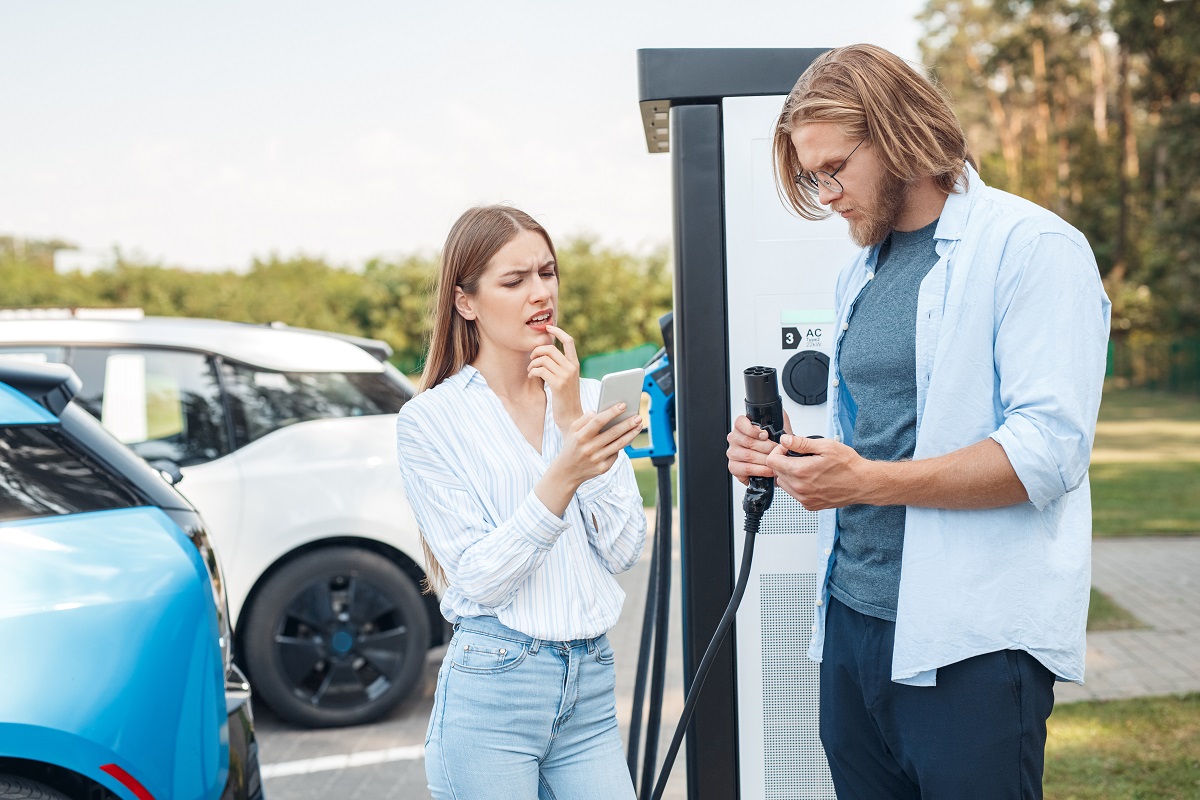
Image Credit: Shutterstock / Viktoriia Hnatiuk
Gas cars don’t rely on software updates and connectivity. EVs can face issues if their software is outdated or their connectivity fails.
Unbeatable Power

Image Credit: Shutterstock / Gaschwald
While EVs may seem like the future, gas-guzzlers still have a lot to offer. From raw power to reliability and everything in between, gas-powered vehicles continue to be the go-to choice for those who value performance, convenience, and independence. Don’t let the EV hype fool you—gas is here to stay.
Police Magnet: 7 Cars That Guarantee You’ll Get Pulled Over

Image Credit: Shutterstock / sirtravelalot
Driving certain cars can make you more noticeable to law enforcement, even if you’re abiding by all the rules. Are you driving one of these “police magnets”? Here are seven cars that seem to attract more police attention than others. Police Magnet: 7 Cars That Guarantee You’ll Get Pulled Over
The Classic Cars That Were Total Clunkers

Image Credit: Pexels / Pixabay
Nostalgia has a funny way of making the past seem better than it was, especially when it comes to cars. But here’s the hard truth: some of those “classic” cars your dad raves about were real clunkers. Here’s a closer look at why some of those so-called “classics” weren’t all they were cracked up to be. The Classic Cars That Were Total Clunkers
The Worst U.S. Cars Ever Made: A Retro List
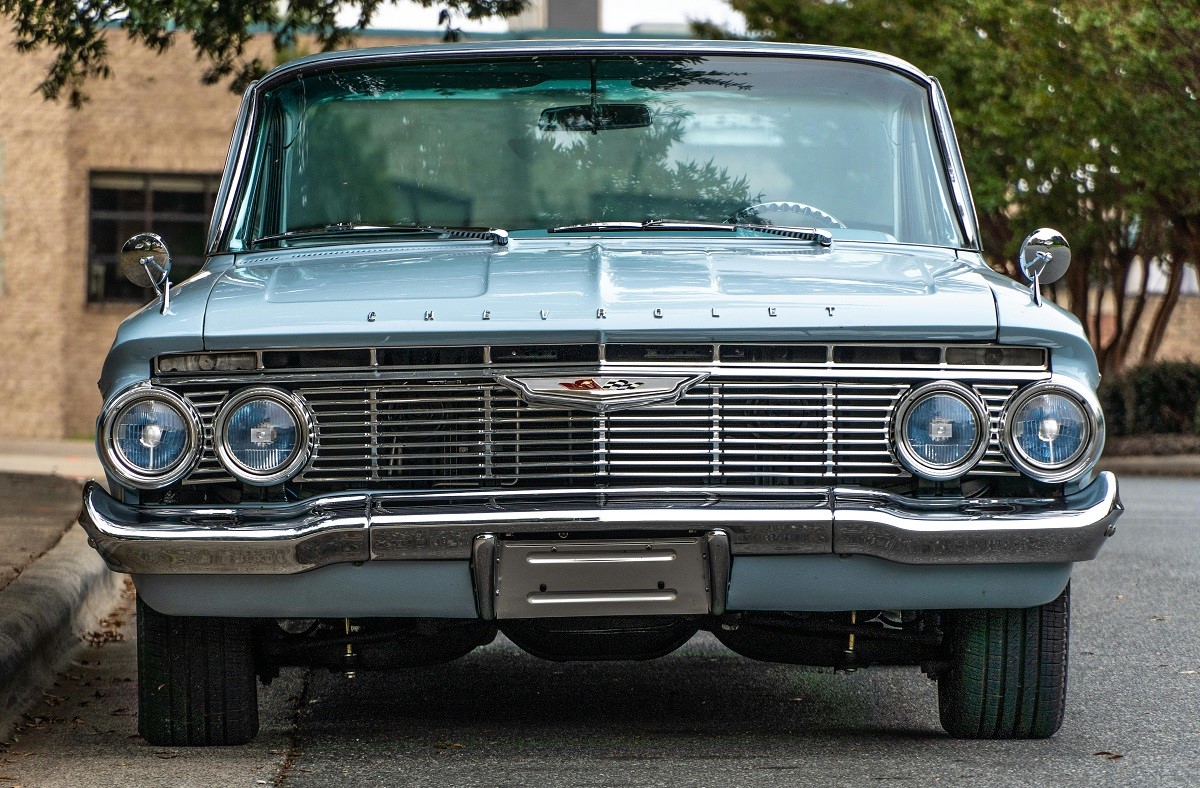
Image Credit: Pexels / Be The Observer
The U.S. auto industry has produced some incredible vehicles, but not every model was a hit. Here’s a look back at 16 of the worst cars ever made in the U.S., each infamous for its own unique flaws. The Worst U.S. Cars Ever Made: A Retro List
Featured Image Credit: Shutterstock / Pavel Kubarkov.
For transparency, this content was partly developed with AI assistance and carefully curated by an experienced editor to be informative and ensure accuracy.
The images used are for illustrative purposes only and may not represent the actual people or places mentioned in the article.


